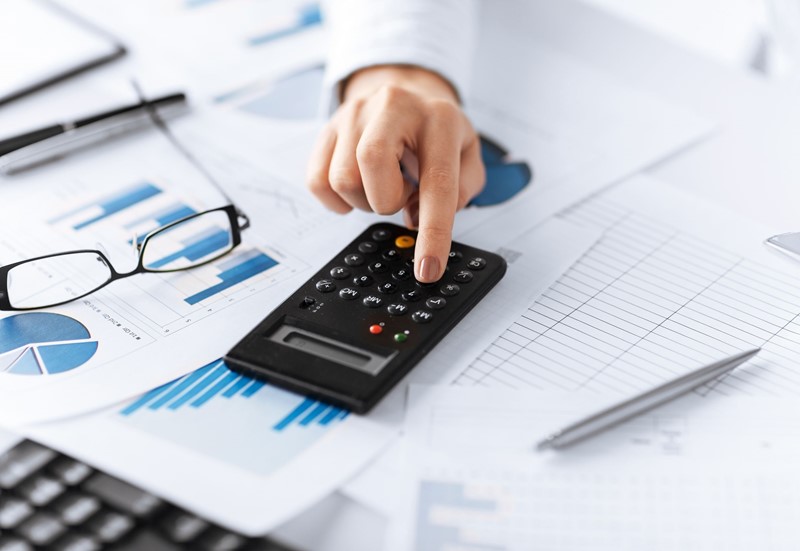Most business owners will know the difference between a profit statement and a balance sheet.
Both are created from a process known as double-entry bookkeeping.
If asked to consider two aspects of a £50 purchase from a stationery store, most would say that their cash reserves have dropped by £50 and the store’s cash reserves had increased by the same amount. This is true, but double entry bookkeeping looks at the two-fold aspect of any transaction from one point of view.
In the above example, the purchaser has incurred a cost for stationery and reduce their bank balance by £50. In bookkeeping parlance, stationery costs are debited with £50 and their bank account is credited with the same amount.
Debits are plus amounts and credits are minus amounts. Roll out this process to all transactions in a year and they will sum to zero. This zero result proves that your accounts balance.
In a profit statement, debits for costs are shown as expenses and credits for sales and other income sources are shown as sales or income. If debits (costs) are more the credits (income) you have made a loss, and visa versa, more credits than debits you have made a profit.
Your balance sheet, made up to the same date, will show all assets (debits) less all liabilities (credits). The difference between these two amounts will demonstrate if you have more assets than liabilities – you are solvent – or more liabilities than assets – insolvent. Most balance sheets label this figure as Net Assets/(Liabilities).
The bottom end of the balance sheet shows how the net assets/liabilities have been acquired or financed. Usually, this is your capital stake in the business (credits) plus any retained profits (credits).



